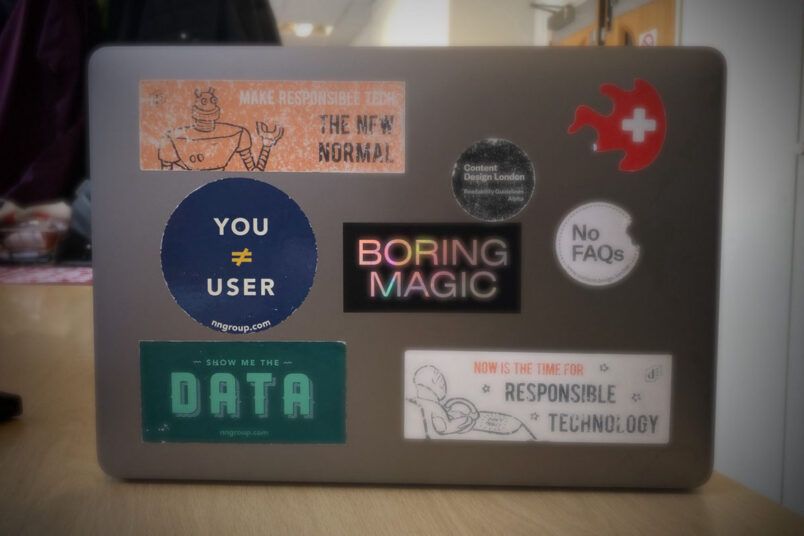
We used to assume what people need to know… now we ask them

The end of the Information Standard left charities like us with a problem to solve. For years we had followed a process that met the requirements of NHS England’s standard, a system designed to show patients that our information was credible and trustworthy. Despite its downsides (which I’ll go into later), the Information Standard did provide a framework for creating public information. Since its end we’ve been able to consider if the Information Standard was fit for purpose, and perhaps more importantly, what would help us to create information people need and trust.
This could have been a daunting task, but it coincided with a colleague (you may know Zach) and I doing some content design training. The focus of which is learning how to truly understand and write for your user.
We were cautious at first. It was a big departure from how we’d written information before. But it was in fact the perfect time to take a step back, question how we had been working and forge a new way forward toward better content. And so we began to tiptoe our way into using content design as our new process for creating public information.
Back to basics
We started by researching the information we already have and how it’s used. We asked our service users what they think of our current content, and what information they need from us. Then we asked our staff what they do with our content, and why. Not just the information team, but digital, comms, policy and research, and community engagement.
We met with everyone, from new starters to our Chief Exec. This took time but was well worth the effort. Six months later we had crafted a new Content Strategy, which identified our audience and key messaging, and defined a clear purpose, voice and tone for our content.
Not tick box but real user-led content
Using content design has taught us that everything we write requires a slightly different process. This is because you have to be flexible, a piece of content might need a six-week discovery phase including in-depth desktop and new user research, whereas another piece of content might need less initial research but instead multiple rounds of usability, findability, discoverability or comprehension testing.
The stages of writing information can’t be a tick box exercise. For example (and we have been guilty of this in the past) testing your content with people who already know the subject area well will not allow you to create content that meets the needs of someone who isn’t already an expert.
The new agile way of working afforded to us by the decline of the Information Standard has actually increased the quality of our content. And it has also allowed us to ask some broader questions about how people use and trust health information. There are quality markers out there, the Information Standard was one, and the Patient Information Forum has launched its replacement which is still in its infancy. But without a targeted campaign to raise public awareness, I worry that these quality assurances may serve those of us in the sector more than the general public. It is vital that we research and understand why people trust information on a broader scale, so that we can all channel this into our content development.
We’ve moved from trying to prove our information is user-led and accurate, to making it so.
A break away from the considerable admin of the Information Standard (a widely acknowledged downside was the amount of paperwork needed) has freed up our time which is now spent on robust content design work. This means starting from scratch for each piece of content, conducting desk and user research to discover specific user needs. Then working from these needs using pair writing and content crits with staff and subject matter experts to develop content before usability testing. If you’re interested in this method this is a great book to get you started on content design stuff.
Less is more
Before we adopted this new way of working, we often churned out information — accurate, evidence-based information — that we thought people needed and wanted. A quick look at google analytics showed us that in fact we were wrong. It was clear we were deciding what people needed to know, instead of asking what they were looking for.
I’m comfortable saying I know more about the people who use our services and their needs now than ever before. This puts us in the ideal position to begin our new alpha website. Collaborating with the digital team, we’re stripping things back and building a new user-led information service from the ground up — and we plan to keep you posted along the way.
If you’d like to know more about our content journey, or how we’re developing our new alpha website get in touch.